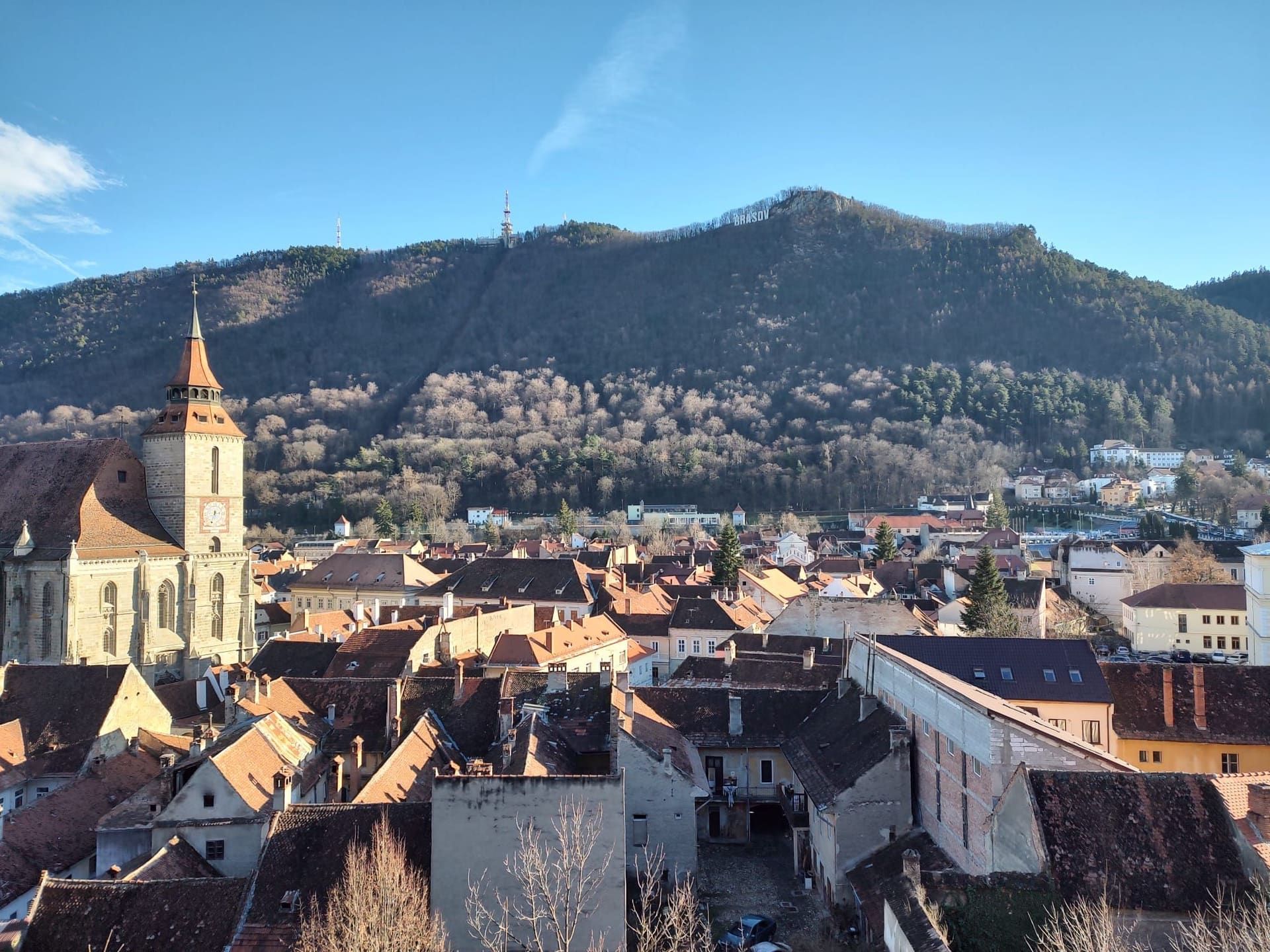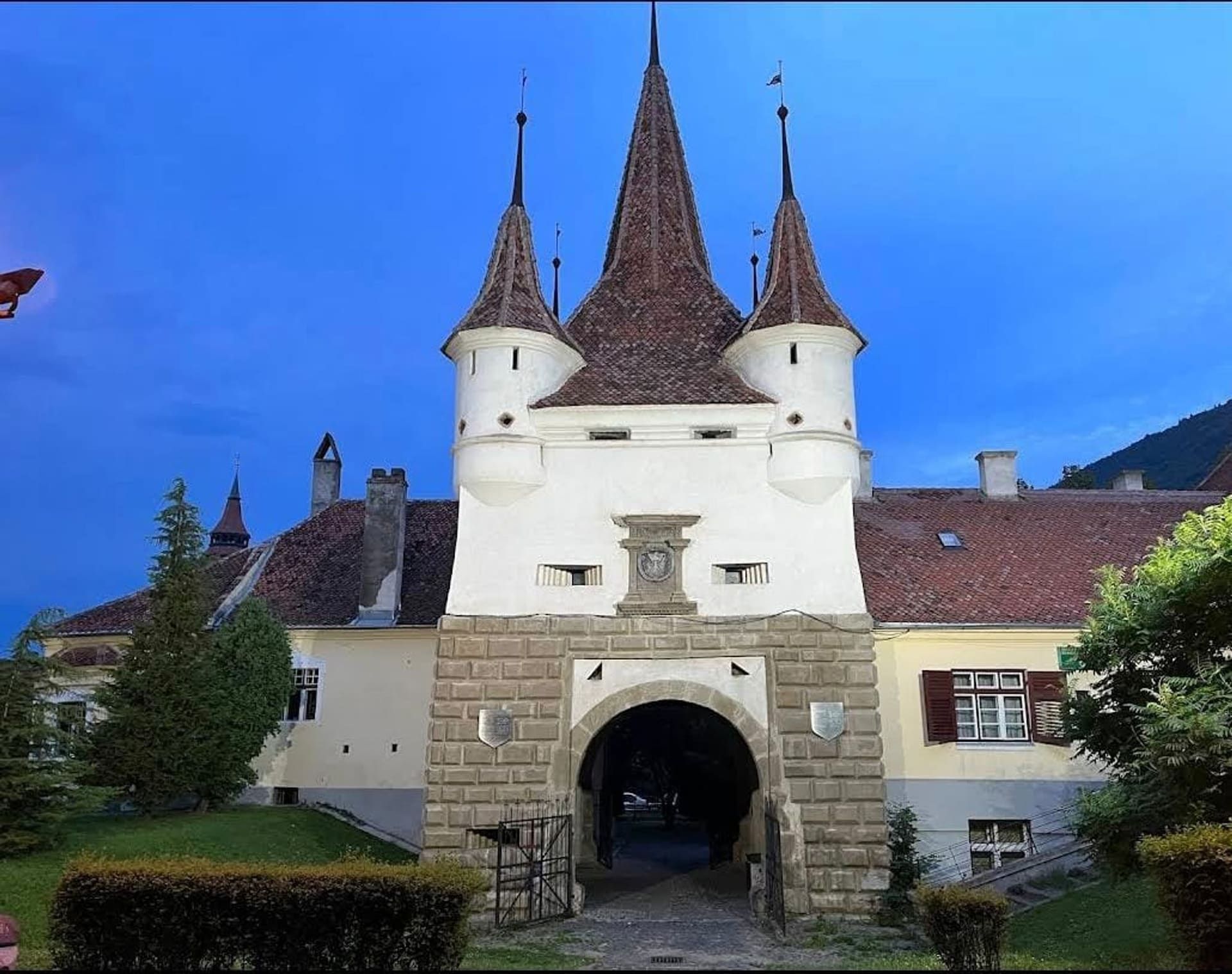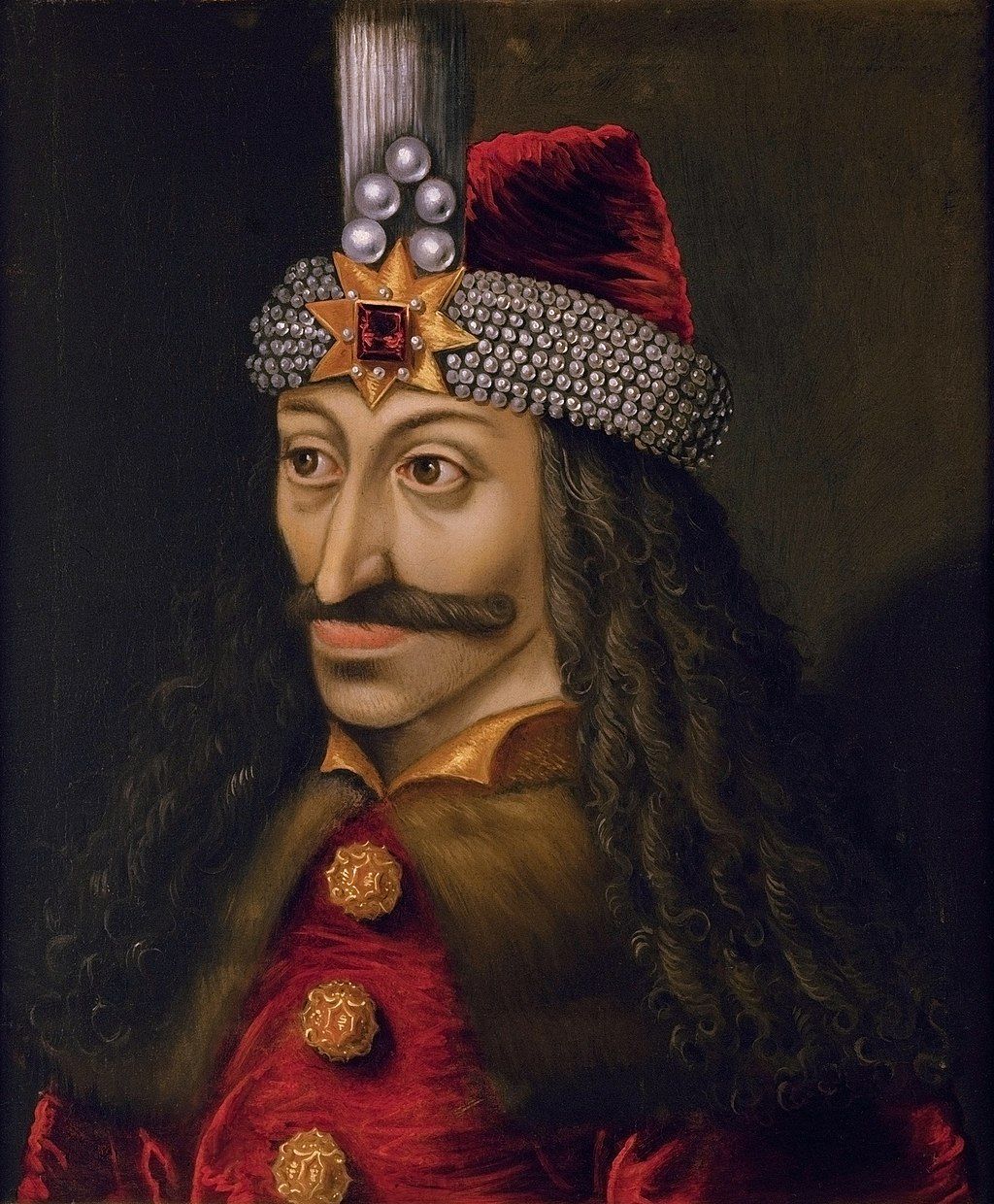
5 Iconic Buildings That Shape Historic Brașov Today
Plot a short walking loop that threads through Brașov’s Gothic Black Church, Council House museum, Catherine’s Gate, and the twin medieval watchtowers.
Introduction
Brașov blends medieval charm with mountain scenery, and its skyline is punctuated by historic buildings that reveal the city’s multicultural past. These five iconic landmarks showcase the artistry, faith, and civic pride that shaped the city over centuries.
Plan Your Walking Loop
All five stops sit around Piața Sfatului, so you can string them into a 90-minute loop: linger in the Black Church nave, cross the square to the Council House museum, slip through Catherine’s Gate toward Șcheii Brașovului, then climb the hillside stairs to the twin watchtowers for sunset views. Pair the route with our City of Brașov guide to learn the broader context and the transportation tips you’ll need to reach the square without a car.
Oldest fortification
Catherine’s Gate was rebuilt in 1559 by the Tailors’ Guild to replace a flood-damaged entrance.
Museum anchor
The Council House has hosted the Brașov County History Museum since 1950, combining permanent and rotating exhibits.
Signature instrument
The Black Church shelters Romania’s largest mechanical Buchholz organ with 3,993 pipes.
Skyline finale
The White and Black Towers rise 18–20 meters above the city walls for the best Council Square perspectives.
Confirm schedules on the Black Church and Brașov History Museum sites before you go—both adjust hours seasonally and may pause access during services or exhibit changes.
The Black Church
Looming over Council Square, the Black Church is Romania’s largest Gothic church and a working cultural venue. Its soaring nave shelters the 3,993-pipe Buchholz organ, the country’s biggest mechanical instrument, which dates to 1836–1839 and still powers summer recitals. The nave also hosts one of Europe’s richest collections of Anatolian carpets, many donated by Saxon merchants returning from Ottoman trade routes. Dive deeper into the symbolism, legends, and concert calendar in our dedicated Black Church guide.
Because it remains an active Lutheran parish, the schedule flexes for services, cleaning days, and organ rehearsals—check the official opening hours before you queue so you can time your visit for daylight filtering through the stained glass.

The Council House
The Council House anchors the middle of Piața Sfatului with a mix of Gothic cellars, Renaissance loggias, and the iconic clock tower that Saxon magistrates used to oversee trade. Built in stages from the 15th century, it once held market halls, council chambers, and even a jail before morphing into a civic museum.
Since 1950 the building has hosted the Brașov County Museum of History, pairing a permanent storyline of medieval guilds and 1987 protests with rotating exhibits on figures such as Queen Marie and Neacșu’s Letter. It’s a perfect first stop if you want background before visiting other institutions from our Brașov museums guide.

Catherine’s Gate
Rebuilt in 1559 by the Tailors’ Guild, Catherine’s Gate is the only medieval city gate that survived intact after floods and Habsburg-era demolitions. The four corner turrets signaled that Brașov’s magistrates held full judicial autonomy (ius gladii), while the crown-and-root crest above the arch repeats the city’s coat of arms.
Old records nicknamed it “Porta Valacce,” the entry allocated to Romanian merchants from Șcheii Brașovului who paid a toll before selling produce inside the citadel. Today it’s a photogenic waypoint that links Council Square to the narrow lanes featured in our historic-center walking guide.

The White Tower
Built in 1494 on a rocky spur, the semicircular White Tower stands 18–20 meters tall with five stacked levels and thick walls once defended by the tinsmiths’ and coppersmiths’ guilds. Slots for dropping stones and boiling pitch still frame the windows.
Today the climb rewards you with postcard views over Council Square, Mount Tâmpa, and the terracotta rooftops—ideal for a golden-hour stop before continuing to other scenic strolls from our Brașov walking-spots roundup.

The Black Tower
Across the valley, the Black Tower dates to the early 1400s and guarded the narrow pass where invaders could roll boulders toward the city walls. A lightning strike in 1559 charred its façade—hence the name—and records note a 300-kilogram chain that could be dropped to block the gap between tower and bastion.
The modern glass roof protects the ruin while letting you step onto a compact platform for close-up views of the Black Church spire, Rope Street, and the Șchei quarter. Visit after the White Tower and you’ll finish the loop back near the cafes flagged in our rainy-day ideas list.

Conclusion
From churches and civic halls to fortified gates and lookout towers, Brașov’s emblematic buildings illustrate how commerce, faith, and defense shaped the city. Add them to your walking route, check the seasonal weather guide before you go, and you’ll uncover new layers of history and skyline views on every visit.


